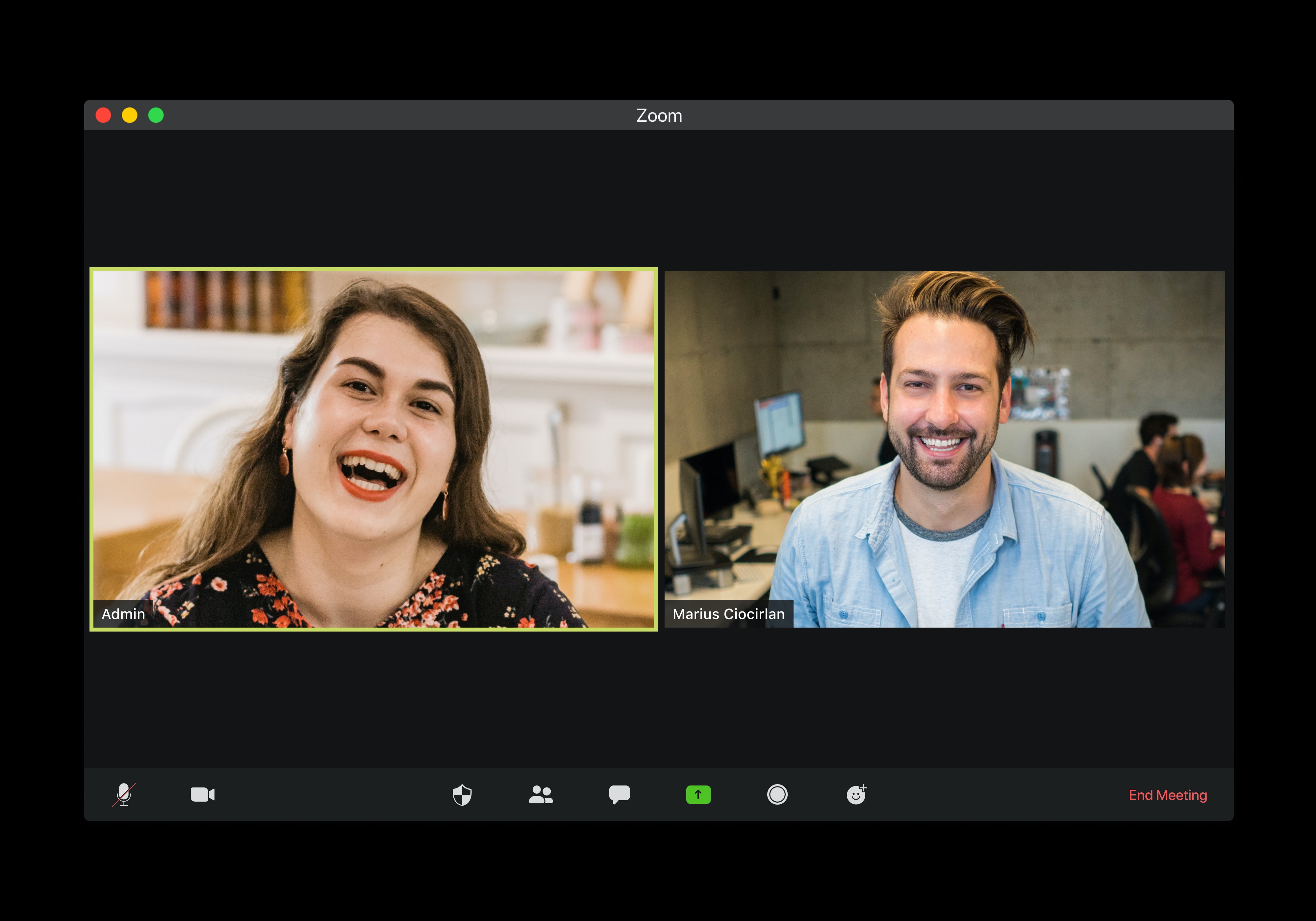How to Run a More Effective Virtual Meeting
Anne Strand
Jul 22, 2021 12:53:38 PM
In a post-pandemic world, virtual meetings are here to stay. Even as employees start returning to the office, the work-from-home revolution has proven that distributed teams are able to collaborate and meet their goals just as effectively as in person.

To make the most out of your virtual meetings, we’ve gathered a list of helpful reminders and tools for keeping distributed teams engaged—whether they’re connecting online or sitting in the boardroom—and for avoiding the all-too-common virtual meeting burnout.
What makes a meeting unproductive (virtual or not)?
We’ve all been in those meetings: drawn out, circuitous, and can feel like a waste of time. To run your meeting differently, here are a few reminders of things to avoid:
- An agenda that’s too simple. Meeting agendas are an effective tool for gathering input and allowing participants to prepare ahead of time, but an agenda that’s formatted too simply -- as a bullet list, for example -- is just not enough. One study in the Harvard Business Review suggests that posing agenda items as questions invites participants to approach items with a problem-solving framework. Give it a try and see if it shakes up an otherwise stale conversation.
- Lack of structure. Sure, there’s something to be said for the notion of a spontaneous brainstorming session where one idea sparks the next. In reality, the average worker is busy and likely to work better with structure. A meeting that adheres to certain constraints helps to keep everyone on track -- while allowing for a little wiggle-room, of course.
- Hearing the same voice(s). A meeting, in its essence, is an opportunity to collaborate, and therefore can be only so productive if the same voices are heard. An effective meeting facilitator will ensure that a diversity of ideas and opinions are shared by creating opportunities for speaking up.
So let’s get to the good stuff. What makes for the best kind of meeting?
- Take a pause. In an era where employees have reported feeling burned out both at home and in the office, many struggle with switching between tasks. Allowing for a few minutes of casual catch-up at the start of your meeting welcomes participants and gives everyone a chance to decompress from the previous task before moving into a more productive headspace.
- Keep to the time (and aim to end early). Collectively, organizations are spending 15% of the work day in meetings, and it’s a figure that continues to increase every year. Shorter meetings allow for everyone to get some much-welcomed time back into their day. Further, getting in the habit of starting and ending meetings on time sets the tone for efficiency.
- Follow up. A good meeting facilitator will leave participants with clear goals and next-steps. If the meeting is a recurring one, use the closing moments to remind everyone of the next meeting as a kind of due-date for deliverables. If needed, send an email that includes meeting notes or reiterates forthcoming action items.
Managing a remote or hybrid team? Here are some virtual meeting best practices.
- Find the best virtual meeting platform. A few things to consider when picking a virtual meeting platform that will work best with your team: how many participants will you need to accommodate, and how can the technology best serve your needs. Think of functionalities you might need, such as screen-sharing or recording.
- Stay organized. Hybrid teams may be working from all over the place, but your meeting doesn’t need to be. Request responses to calendar invites, and make sure call-in details are clear and easily accessible.
- Etiquette. It doesn’t have to be a scary word; etiquette can help to foster a shared culture of respect. A few pointers include: test your technology beforehand, introduce everyone at the start of the meeting if there are unfamiliar faces in the (virtual) room, and avoid multitasking or looking at things outside of the camera (it’s more obvious than you might think!)
- Face-time. To take full advantage of virtual meeting technology, encourage virtual participants to turn their videos on for all of part of the video to foster a sense of unity.
How to manage virtual meeting burnout.
- Promote movement. That feeling of fatigue from constant virtual meetings while working remotely is having a real impact on our health. Among the causes for the phenomenon known as “Zoom fatigue,” Stanford researchers have identified that virtual meetings limit physical mobility. So get moving! Lead a group stretch, invite participants to stand up or do a few jumping-jacks. Chances are it will improve the overall mood, too.
- Remote team events. Over half of remote workers report feeling isolated from their employers, and remote team building events are a powerful way to combat this issue. At Marco, we provide live, remote-enabled experiences that are designed to foster connection and create culture for increasingly distributed teams. We work with a hand-picked roster of hosts to create unique and elevated experiences that outperform in-person events.
- Virtual experiences. We’ve learned that almost anything can be moved online, and doing so does not have to detract from the overall experience. The same goes for your virtual team building events. Like a group tie-dye event, for example, which can be booked through Marco. Or beat the summer heat with an ice cream tasting!
